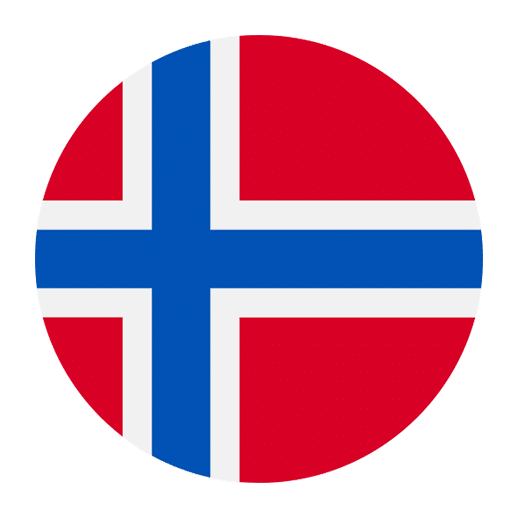Learning a new language can be an exciting and challenging journey. One of the most interesting aspects of language learning is discovering how different words can sometimes be so similar yet mean entirely different things. This is especially true in Norwegian, where seemingly minor differences in spelling or pronunciation can lead to vastly different meanings. In this article, we will delve into the fascinating case of the Norwegian words “skole” and “skål”, which mean “school” and “bowl” respectively. By the end of this article, you will have a clearer understanding of how to distinguish between these two words and avoid common pitfalls.
Phonetic Differences
One of the first things you’ll notice when learning Norwegian is that pronunciation plays a crucial role in understanding and being understood. The words “skole” and “skål” may look somewhat similar, but they are pronounced differently.
– “Skole” is pronounced as /ˈskuːlə/.
– “Skål” is pronounced as /skoːl/.
Notice the elongated “o” sound in “skole” compared to the shorter, more clipped “o” sound in “skål”. Additionally, the “e” at the end of “skole” is pronounced softly, almost like the “a” in “sofa.”
Contextual Differences
Context is your best friend when it comes to distinguishing between these two words. Even if you mispronounce one of them slightly, the context in which they are used can usually clarify your meaning.
– “Skole”: This word is used in educational contexts. For example:
– “Jeg går på skole” means “I go to school.”
– “Han er lærer på en skole” means “He is a teacher at a school.”
– “Skål”: This word is used in dining or celebratory contexts. For example:
– “Jeg trenger en skål for suppen” means “I need a bowl for the soup.”
– “Skål!” is a common toast equivalent to “Cheers!” in English.
Grammar and Usage
Understanding the grammatical roles these words play can also help in distinguishing between them.
– “Skole”: This is a feminine noun, and its plural form is “skoler.” Some common phrases include:
– “Barneskole” (primary school)
– “Videregående skole” (high school)
– “Skoleår” (school year)
– “Skål”: This is also a feminine noun, and its plural form is “skåler.” Some common phrases include:
– “Suppeskål” (soup bowl)
– “Fruktskål” (fruit bowl)
– “Salatskål” (salad bowl)
Definite and Indefinite Forms
In Norwegian, nouns can be used in definite and indefinite forms. Here’s how these forms apply to “skole” and “skål”:
– “Skole”:
– Indefinite: en skole (a school)
– Definite: skolen (the school)
– “Skål”:
– Indefinite: en skål (a bowl)
– Definite: skålen (the bowl)
Understanding these forms can help you in constructing sentences more accurately.
Common Mistakes and How to Avoid Them
Even experienced learners can make mistakes when it comes to similar-sounding words. Here are some common errors and tips on how to avoid them:
– **Mixing Up Contexts**: It’s easy to accidentally use “skål” when you mean “skole” if you’re not paying attention. Always consider the context of your sentence. If you’re talking about education, you’re likely referring to “skole.” If you’re talking about food or drink, “skål” is probably the word you need.
– **Pronunciation Errors**: Mispronouncing these words can lead to confusion. Practice the pronunciation regularly. You can use language learning apps that offer pronunciation guides or even listen to native speakers through videos or podcasts.
– **Grammar Misuse**: Ensure you’re using the correct form of the word in your sentences. Double-check if you need the definite or indefinite form and whether you’re referring to a singular or plural noun.
Practical Exercises
To solidify your understanding of “skole” and “skål,” here are some practical exercises you can try:
1. **Flashcards**: Create flashcards with the words “skole” and “skål” along with their definitions and example sentences. Review these regularly.
2. **Listening Practice**: Find Norwegian audio clips or videos that use these words. Pay close attention to how native speakers pronounce and use them in context.
3. **Writing Practice**: Write short paragraphs or sentences using both “skole” and “skål.” Focus on using them in the correct context and form.
4. **Speaking Practice**: Practice speaking sentences that include these words. If possible, get feedback from a native speaker or a language tutor.
Cultural Insights
Understanding the cultural context can also enrich your learning experience. In Norway, schools (skoler) play a significant role in the community, much like in many other countries. The education system is known for its high standards and emphasis on student well-being. On the other hand, bowls (skåler) are commonly used in daily life, not just for eating but also in various traditions and celebrations. For instance, the act of toasting with a “skål” is an integral part of Norwegian social culture.
Conclusion
Learning to differentiate between “skole” and “skål” is a valuable step in mastering the Norwegian language. By paying attention to pronunciation, context, and grammatical forms, you can avoid common mistakes and communicate more effectively. Remember, practice makes perfect, so make use of the exercises and tips provided in this article. Happy learning!

